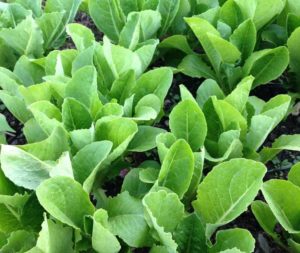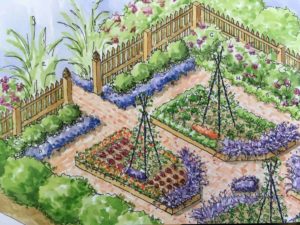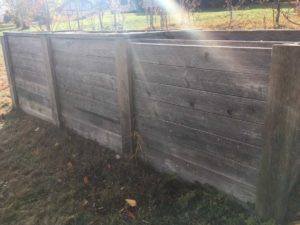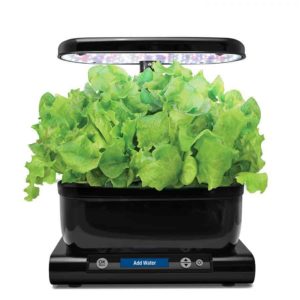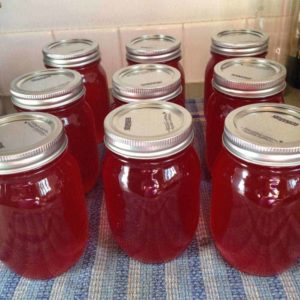Herbal flowers are beneficial plants that serve as medicinal, culinary, and aromatherapy staples. Adding herbal flowers to your garden creates beauty with a purpose, as each blossom is not only a color splash but also a natural remedy. Some, like yarrow and bee balm, are important pollinator attractors. Others, like dandelions, offer fertilization to other plants. Edible varieties like the rosa canina rose hip can be added to salads and teas.
Medicinal Herbal Flowers
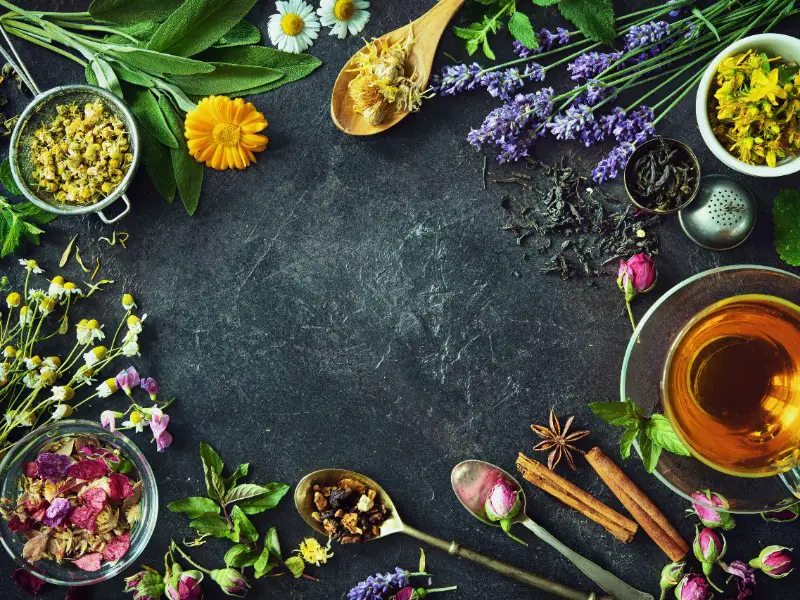
Echinacea (Echinacea purpurea)
Echinacea, also known as Kansas snake-root, was used medicinally by Native Americans before Europeans settled in the Americas, and is still used today. Tinctures of echinacea may be the original “cure-all” snake oil that was peddled off wagons during the 1800s. Echinacea is certainly a versatile herbal flowering plant, and you can use the flowers and roots to make multi-purpose medicinal tinctures and teas.
Echinacea blooms bright purple and looks beautiful in a home garden. The flowers have a ragged, raised center with golden fibers and purple petals that frame the mildly-scented flower.
Echinacea flowers are useful attractants for pollinators, and both the flowers and roots provide an excellent defense against colds and flu. Tinctures and teas made of the echinacea roots are renowned for being powerful antibiotics, anti-viral, and even anti-inflammatory.
Making a tea or decoction of the flowers and roots is fairly easy to do at home. Dry and save the roots and flowers to make a tea to stimulate the immune system’s response to illness.
To grow echinacea at home, place the seeds in the fridge for a few weeks to cold-stratify the seeds, and increase growth. Purchase echinacea seeds to grow your own plants from around $6.00.
Lavender (Lavandula angustifolia)
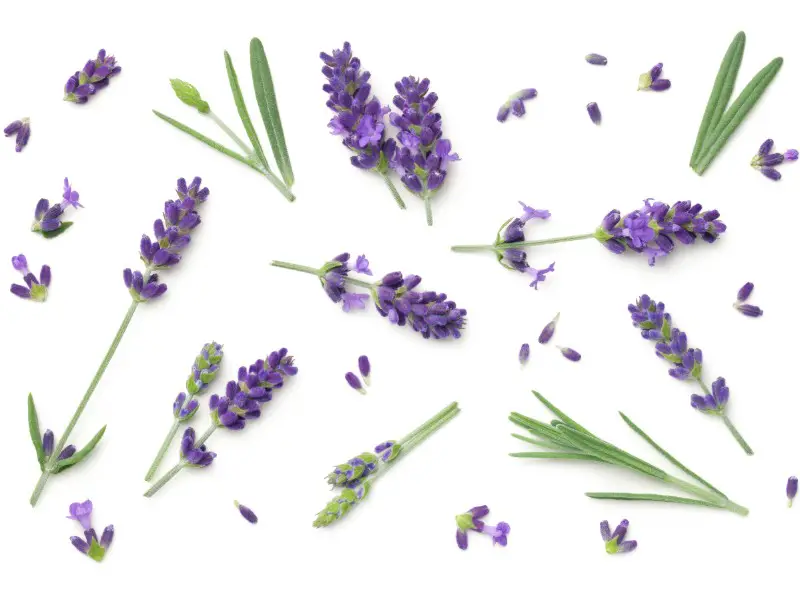
One of the better-known medicinal herbal flowers is lavender. The plant is so renowned that the name is also the color we use for some purple hues, due to the purple flowers that this herb produces. Lavender has long been used as a sleep aid and calmative. The flowers are known to produce aromatherapy stimulation that causes relaxation. Lavender’s benefits and uses are frequently discussed and shared on social media.
Lavender is also used to treat any number of other ailments, and studies have shown that it can help ease stomach ache, toothache, headache, and digestive issues. Adding lavender oil to your wound healing treatments boosts recovery, and using lavender as a mood regulator can alleviate PMS symptoms. Lavender is also a great insect repellent, making it a useful flower to plant in your garden.
In your garden, lavender grows as a bush with pale, silvery-gray stems and long stalks with the purple flowers atop. To increase blooming and your harvest, dead-head the flowers frequently. Purchase lavender seeds from $4.99.
You can even harvest lavender flowers to liven up your baking skills, as the purple flowers add a special taste to foods like biscuits, butters, and teas. However, note that while the flowers are safe to eat and bake with, lavender essential oil is toxic when ingested.
Calendula (Calendula officinalis)
Historically called “the poor man’s saffron,” calendula has been cultivated as a flowering herb for over six centuries. The name calendula originated when the Romans noticed that the plant flowered monthly, usually on the first day of the month. Hence, the name calendula is derived from the word “calendar.” One of the first uses of calendula was to color butters and foods yellow.
The calendula plant has sparse, dark green waxy leaves, and upright stems. The flowers are renowned for their yellow heart and multiple layers of bright yellow to deep orange petals. Purchase calendula seeds from $4.95, since they root easily and reproduce prolifically, or opt for a calendula plant from as little as $7.59.
Not only is calendula a pretty flowering plant, but its herbal flowers are also effective in treating dermatological issues such as wounds, cuts, abrasions, and burns. Calendula ointment is often prescribed for the treatment and prevention of radiation burns during cancer therapy.
Calendula tea eases menstrual cramps and sore throat, and since calendula flowers are edible too, they can be added to salads and used to decorate pastries. Be sure to choose Calendula officinalis varieties because calendula is often mistaken for its family member, the common marigold. Calendula can be used for medicinal and culinary uses, while marigold has mostly medicinal uses.
Edible Herbal Flowers
Sunflower (Helianthus annuus)
Sunflowers are used to make cooking oil, and are cultivated for their edible seeds. Sunflowers have a long history of cultivation for their edible properties, but of late, sunflowers are also used to manufacture bio-fuel.
Historically, sunflowers were introduced wherever early American settlements sprang up. Native American tribes cultivated the flower as a food source, and by the 19th century, sunflowers had also become a popular crop in Europe. Today, sunflowers are cultivated in many different countries.
Sunflower seeds have many uses, including as animal feed, bedding for animals (the shells), and as snacks (people love eating sunflower seeds). People who have peanut or other nut allergies can safely eat sunflower seeds, and there is even a sunflower peanut butter alternative called SunButter.
Planting sunflowers is remarkably easy, and you can simply sow a few seeds from a snack pack. Or, purchase specially treated sunflower seeds for a better crop. Sunflowers reseed prolifically, so once you’ve had just one seed-bearing flower, more of these herbal flowers will spring up all over your garden.
Purchase plantable sunflower seeds at $3.69 for 75 seeds online. Within seven to 10 days the seeds will germinate and start their upward growth to a height of 5–10 feet. Harvest seeds once the sunflowers have died, the flowers have browned, and the seed shells are black.
Dandelion (Taraxacum officinale)
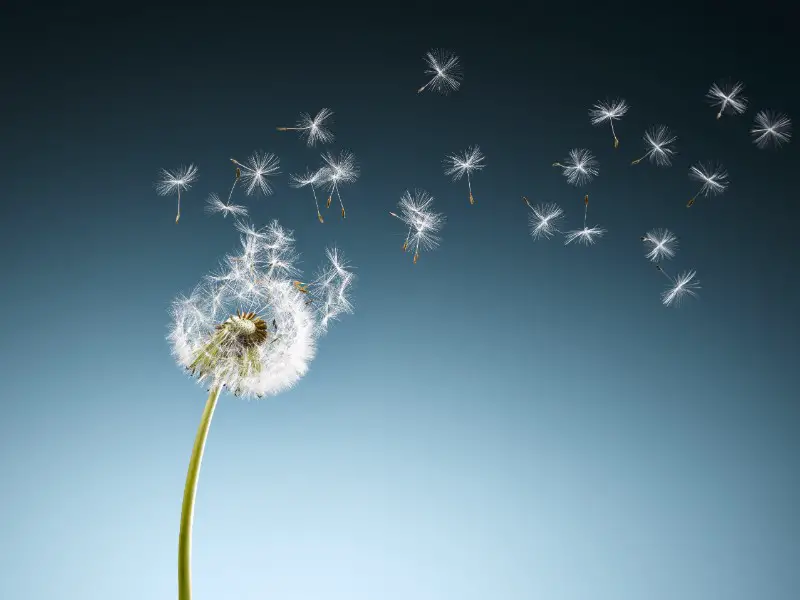
Far from being a weed, dandelions are rich in nutrients and make an ideal addition to summer salads. These yellow flowers are a member of the daisy family, and are found all over the world. Their nutrient-rich roots make themselves at home in nearly any type of soil, and help fertilize gardens by drawing nutrients up to the soil surface.
All of the dandelion’s parts can be eaten. The roots, stems, leaves, and flowers can be used in teas, salads, wines, stews, soups, and breads. When using the stems and leaves, soak them in cold water with salt for 20 minutes to reduce their bitter taste. Dried dandelion root is sold as a caffeine-free coffee substitute.
Dandelions have been used in all cultures – from the Romans to the Native Americans, European settlers, and Japanese – for centuries as both edible and medicinal plants.
Eating dandelions helps to alleviate vitamin deficiency and ailments caused by malnutrition. The plant contains more vitamin A than spinach, is richer in vitamin C than tomatoes and other fruit, and is a dense source of iron, potassium, and calcium. Adding dandelions to your diet is sure to improve your overall health.
While you can purchase any number of dandelion products – from dried root, to stem tea, and fresh flowers for salads – buying dandelions to plant them may seem quite strange. Luckily, dandelions thrive in any area where there is human activity, and you can simply uproot a few to replant in your own garden — nobody will mind since it’s considered a weed!
Japanese Honeysuckle (Lonicera Japonica)
Honeysuckle is a favored plant in many gardens, and the flowers’ nectar makes a delicious edible syrup that is used in flavoring teas, ice cream, baked goods, and treats, much like maple syrup is used.
Also called woodbine or honeyberry, the flowers of Japanese honeysuckle are creamy white, and grow on a tall-stemmed plant that has sea-green leaves. The leaves are glossy to waxen in appearance. The flowers produce a slightly elongated berry that looks like a blueberry. The berries have a slightly waxy appearance and are also edible.
You probably wouldn’t set out to intentionally eat buckets of the sweet berries or flowers, but if you lose control, remind yourself that these fruits can be toxic. Only eat a moderate amount of nectar, or a handful of berries from the Lonicera variety of the honeysuckle, as the fruits and flowers are mildly toxic. Some other honeysuckle plant varieties are highly toxic and can cause serious allergic reactions.
Honeysuckle grows fairly easily, and when planted in pairs, a good crop of flowers and berries are ensured. The vines prefer a support to creep on, and the plant can creep to a height of 18 feet or more. Some varieties are considered invader plants in the US. The Japanese honeysuckle can be bought online at $13.59.
Harvest the flowers to dry for later use as a flavorful tea. You can even make honeysuckle-flavored sugar to dust your pancakes.
Honeysuckle Sugar Recipe
Ingredients and Tools
- 2 cups of plain white sugar
- 1/2 cup of fresh honeysuckle flowers
- A mason jar
- Wooden spoon
- Stainless steel bowl
Method
Be sure to check that there are no insects hiding in the flowers, but don’t wash the flowers, as watery flowers will cause lumpy sugar. Combine the sugar and honeysuckle in the stainless steel bowl. Vigorously stir the sugar and honeysuckle flowers.
Once the flowers and sugar are well stirred, ladle the sugared flowers into the mason jar. Seal tightly and set aside for several days to allow the flavor profile to develop. When using, you may choose to remove the flowery bits from the sugar, and you can even sift the flowers from the sugar for a prettier presentation without clumps, if this is a gift. Flavored sugar is a personal and thoughtful gift to share with loved ones. It’s rare and special to receive honeysuckle-flavored sugar to use as a flavoring in tea.
Horticulturally-Useful Herbal Flowers
Nasturtium (Tropaeolum spp.)
Nasturtiums are a great addition to any garden, and are a versatile flowering herb that is edible as well as beneficial to other plants. This flowering, herbaceous shrub has a unique nearly-round leaf, and its flowers range in color from red, orange, and cream, to pink.
Seed these herbs annually to produce colorful patches in your garden, and use them as a “trap crop” to attract pest insects like aphids, thereby saving your other plants from infestation. Since nasturtiums seed easily and are an annual crop, it is no great loss to sacrifice these bushes to ensure the health of other plants. Pollinators also enjoy the flowers.
Nasturtiums are also edible, and the flowers can be added to salads. The flowers have a peppery taste, which gives this herb its name. The name “nasturtium” means “nose-twist” in Latin.
Buy nasturtiums in seed form rather than as a plant, because when planted from seed, you’ll be able to better enjoy the full lifespan of this short-lived plant. A packet of 25 seeds can be bought online for $1.99.
Sage (Salvia officinalis)
Well known in the Mediterranean areas of Greece and Italy, sage has been used as a culinary staple for centuries. Sage is usually added to meaty dishes and as a complement to cheese. Sage bushes reach a height of 2 feet, with tall stalks bearing purple, white, pink, and red flowers. Sage is in the mint family, and it produces a fragrant aroma that is a great insect repellent. Sage leaves can be brewed as a stimulant tea that helps memory and focus.
Planting sage near cabbage and other brassica family members will repel cabbage moth and carrot fly. Sage planted near tomatoes enhances the tomato’s flavor. Avoid planting sage near alums like onion and garlic, because they require well-watered soil, while sage thrives in semi-dry soil native to its growing conditions in Mediterranean areas.
Due to its popular culinary use, sage plants are often sold at markets and green-grocers with prices starting at $8.59.
Yarrow (Achillea millefolium)
Yarrow is a great addition to any garden as it has medicinal, edible, and companion-planting properties. The yarrow plant is characterized by its dark green, pinnated (split) or toothed leaves. The stiff stalks branch into heads that are loaded with small petalled flowers of a pale pink or white color, with a dominant flower heart.
The common names for yarrow — bloodwort, warrior plant, and thousand leaf — hint at its medicinal use throughout history as a blood-clotting agent. Yarrow was used as a poultice for wounded soldiers, and legend has it that yarrow sprang from the rust of Achilles’s sword and that he used this herb to treat wounded Greek soldiers (hence the name).
In gardens, yarrow is used to attract pollinators, repel harmful pests, and improve the quality of the soil. Growing yarrow will help restore the soil’s natural balance and improve the nutritional profile when the herb is left to rot into the ground or is added to compost heaps, and later added back to its garden as a fertilizer.
Yarrow requires little assistance to grow, and thrives in poor soil, improving that soil in the process. Chopping up yarrow and steeping overnight in hot water produces a nutritious tea for ailing plants, increasing their copper intake naturally.
Purchase yarrow plants at garden centers and nurseries or order online from $8.59.

